How Matylda Krzykowski is changing the contemporary design world
Never Do Anything by Halves
Matylda Krzykowski is an original. Even in the design world, which is filled with creative, out-of-the-box-thinking people, Krzykowski stands out as one who uncompromisingly goes her own way—bowing to no predefined trends and following no one’s rules. That includes ignoring the familiar job categories within the design world: she's truly a design all-rounder, including tackling art and design projects creatively; founding a space for contemporary design; oftentimes accepting invitations to be a curator; a jury member; a mentor and professor. And this 35-year-old is just getting started.
We’ve been in touch with Krzykowski regularly since spring, catching up with her for a late afternoon drink on a balcony overlooking the Rhein, attending an exhibition opening at Haus der Elektronische Künste in Basel, exchanging dozens of emails, and visiting her über-hip Berlin apartment to get a glimpse inside the world of this intriguing tour de force.
Perfectly illustrating the notion that a private interior reveals a great deal about the person who lives there, Krzykowski’s apartment is bold, dynamic, and full of surprises. Of the intense color-blocking throughout the space she says, “having white walls and wooden floors is like owning an Eames Lounge Chair—you haven’t made a decision yourself; you are just doing what everyone else is.” As for her taste in furnishings, eclectic and ultra-now would be the appropriate shorthand. “Everything that marks our contemporary times—from furniture to objects and works of art and design,” is how Krzykowski describes it, noting that her favorite pieces include the Lukas Wegwerth OS Table, Marjan van Aubel and James Shaw’s material sample of the Well Proven Chair, and an early Hana Milec textile piece. The striking cubic bed is Krzykowski’s own creation; it’s unusually high, so one has to clamber up to lie down. “I built the bed that way to be reminded of my childhood, when all furniture is built for grown ups and as a child it feels like a playful obstacle or playground.” Krzykowski’s apartment, like her life, is full of adventures.
Krzykowski has a thoroughly continental background; born in Poland, her family moved to the Ruhrgebiet in Germany’s midwest when she was four years old. She studied at the Academy of Fine Arts and Design in Maastricht, before securing a place at the renowned Van Eyck Academy in 2014. Never one to be limited by geography, even during her decade of living and studying in the Netherlands, Krzykowski was already a fixture on the avant-garde design scenes in Basel and London. In 2011, she co-founded the cult pop-up design space Depot Basel, a dynamic concept encompassing curated exhibitions, theoretical exchange and critique, commissions, and off-site design projects for the likes of Vitra Design Museum and the Victoria and Albert Museum. For the last year she’s been based in Berlin, but barely a week goes by when she’s not on the move—back to Basel for meetings, over the channel to London for events with her extended network there, or further north to Kiel, where she’s held the position of international guest professor at the Muthesius University of Fine Arts and Design since late last year.
Krzykowski’s projects are as diverse as they are engaging: from a two-year collaboration with New York-based Chamber Gallery, in which she curated 100 objects into three exhibitions, culminating in 2016; to the stunning collection of wearable art that she commissioned in 2008 from textiles, furniture, and graphic designer friends for the Clash Project at Fashionclash in the Netherlands; and her ongoing series of Desktop Exhibitions, curated public presentations on a computer desktop. Her passion for design as a means of communication and dissent, anarchistic revelry and sober reflection, bubbles over in all directions. “You can reach anyone and create anything these days,” she insists. And when you’re sitting face-to-face with Krzykowski, it’s hard to disagree. It is a drive that comes from a restlessness born both of ambition and an earnest desire to create positive change in the design industry. “How can we critique it without stepping out of it?” is a question that resonates throughout Krzykowski’s manifold practice.
Now more or less on hiatus, the Depot Basel project—of which Krzykowski was co-director and artistic director— was formed around this very provocation. "An institution like a museum," Krzykowski says, "is forced to produce content all the time instead of just producing when and what is needed." Depot Basel was an attempt at an alternative. With each new project, the group could decide whether the theme was best explored through a talk, an exhibition, a workshop, a publication, or a direct commission. There were no pre-formulated rules or expectations to be met. “In my method of operation,” she says, “I’m working as a designer—it’s how I perceive the world.”
Krzykowski approaches every endeavor with the same rigor, the same willingness to question the accepted order of things—and that includes her teaching roles. For her ‘Muthesius Parallax’ course at the Muthesius University this year, Krzykowski is challenging her students to create “a parallel world to the school we’re at.” She wants them to reimagine their own learning environment and is coaching them towards a presentation at the Design Biennale in Istanbul. “I learn as much from the students as they do from me,” she says of her enthusiasm for teaching. This year’s students will be the only ones in Kiel to benefit from Krzykowski’s critical and experimental approach, however; she’s off to the States in the fall to take up a visiting professorship at The School of the Art Institute of Chicago in the Department of Architecture, Interior Architecture, and Designed Objects.
Because Krzykowski is always looking forward, it should come as no surprise that she spends little time considering the design canon. “I don’t have historical favorites. I very much relate to today, maybe because I am doubtful about the historical records we have.” Conversely, ask her to name artists or designers whom she has her eye on these days and her reaction is exactly the opposite. “The list is long, and I would answer it differently every day,” she quips. “I’ll list all the names that pop into my head within one minute: Bertille Laguet, Jing-He, Anja Jaworska, Simone C. Niquille, Annika Frye, Addie Wagenknecht, Sophie Jung, Valerie van Zuijlen, Marjan van Aubel, Johanna Grawunder, Ilona Gaynor, Nina Paim, Maria Jeglinska, Hilda Hellström, Katrin Greiling, Zohra Opoku, Hana Miletic, Alice Wong, Navine G. Khan-Dossos, Anja Kaiser, Saša Štucin, Kaja Kusztra.” Relishing dialogue with her peers, collaboration, and expanding her network, she explains, “work is always better when I’m working in a room full of people.”
In the end, Krzykowski is difficult to define because she’s such a protean figure on the international design scene—and, probably, because she doesn’t much care for the well-trodden path. “I am notorious for doing what others don’t want to do,” she deadpans. Her goals are revolutionary: How can design be renegotiated? How can other aspects of the discipline be opened up? “We have enough institutions that collect and preserve and therefore objectify design,” she says. Krzykowski’s vision goes much further.
We got a glimpse of her expansive plans when we asked her what she feels is missing from the design landscape today. Her answer? “A ‘Designhalle’, similar to a Kunsthalle [the contemporary art houses spread throughout the German-speaking world], where you focus on contemporary production and communication. I could be the director of it.” She's right; that would be fantastic.
-
Text by
-
Gretta Louw
A South-African born Australian currently based in Germany, Gretta is a globetrotting multi-disciplinary artist and language lover. She holds a degree in Psychology, and has seriously avant garde leanings.
-
More to Love
Bandaska Light (Big) by DECHEM

Bandaska Light (Medium) by DECHEM
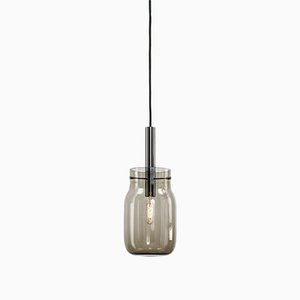
Bandaska Light (Tall) by DECHEM

Lighting Panel by Johanna Grawunder, 1980s

Black Colouring Table from OS ∆ OOS

Gold Colouring Table from OS ∆ OOS

Syzygy Eclipse Table Lamp from OS ∆ OOS
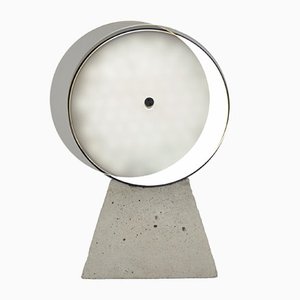
Syzygy Occultation Table Lamp from OS ∆ OOS
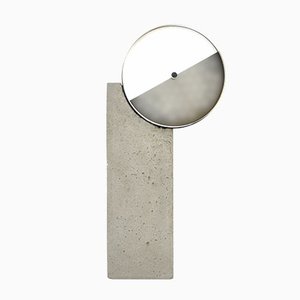
Weldgrown Wall Piece by Tomáš Libertíny, 2017

Claude Pendant Light in Bright Grey by Annika Frye, 2017
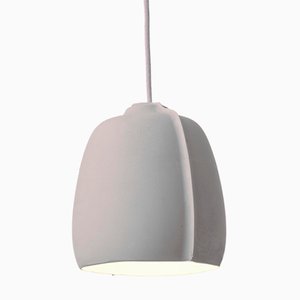
Claude Pendant Light in Citron by Annika Frye, 2017

Large Well Proven Stool by Marjan van Aubel & James Shaw for Transnatural Label
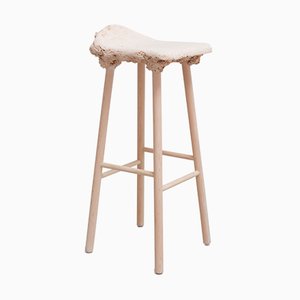
Antithesis Table by Studio Onno Adriaanse
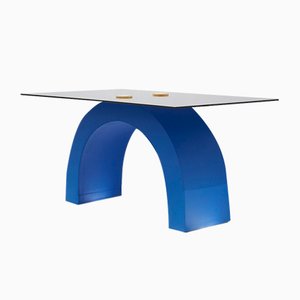
Foamed Shelving Unit by Studio Onno Adriaanse
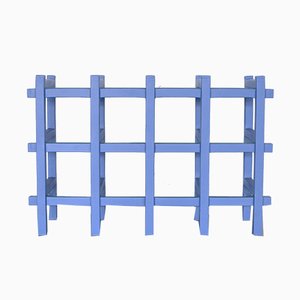
Origami Stool by Studio Deusdara
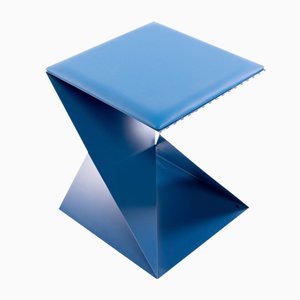
Small Well Proven Stool by Marjan van Aubel & James Shaw for Transnatural Label

Medium Well Proven Stool by Marjan van Aubel & James Shaw for Transnatural Label
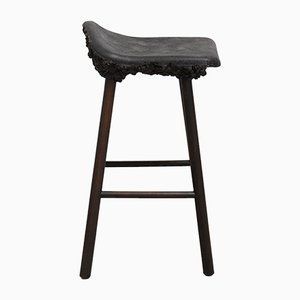
Twisted Chair with Armrests by Ward Wijnant
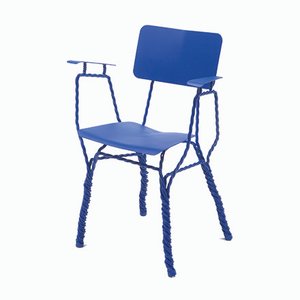
OCT(O) Stool by Nova Obiecta

Visual Anaesthesia / Naked Couch by Tina Roeder, 2004

Small Textured Coffee Table by Damien Gernay

Textured Sideboard by Damien Gernay

DREI Pendant Lamp by Katrin Greiling for Studio Greiling
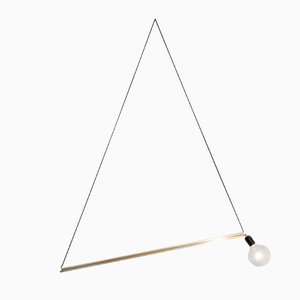
Claude Pendant Light (Coral) by Annika Frye
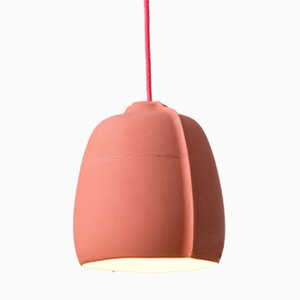
MOb N2 Sideboard by MO-OW

Blue Naïve Semi Bar Chair by etc.etc. for Emko


